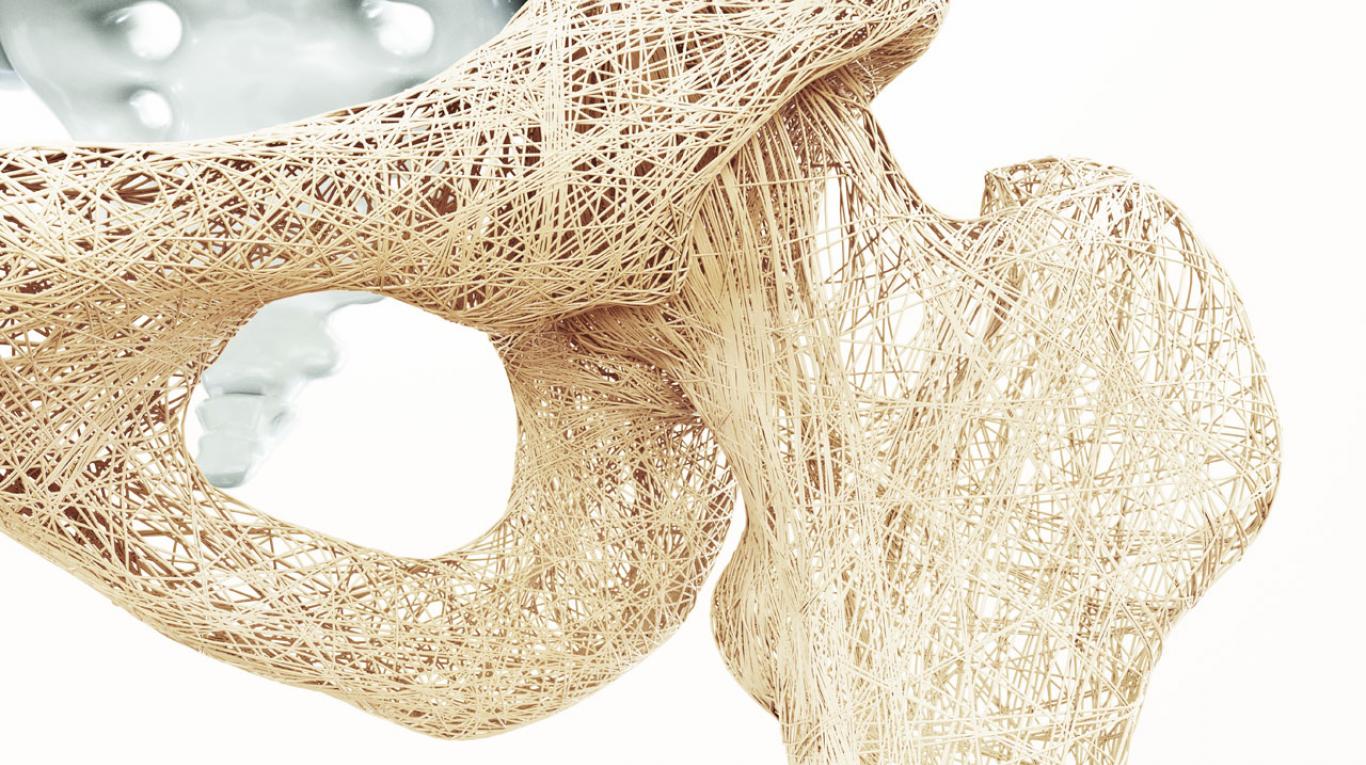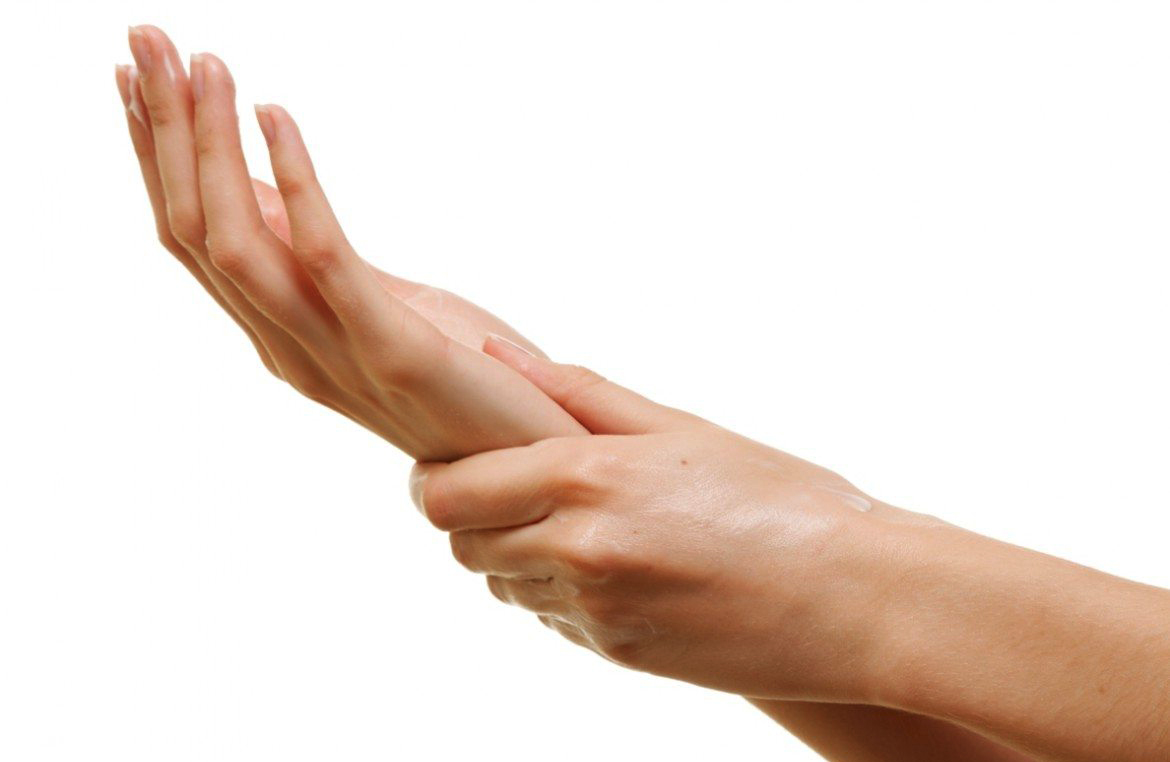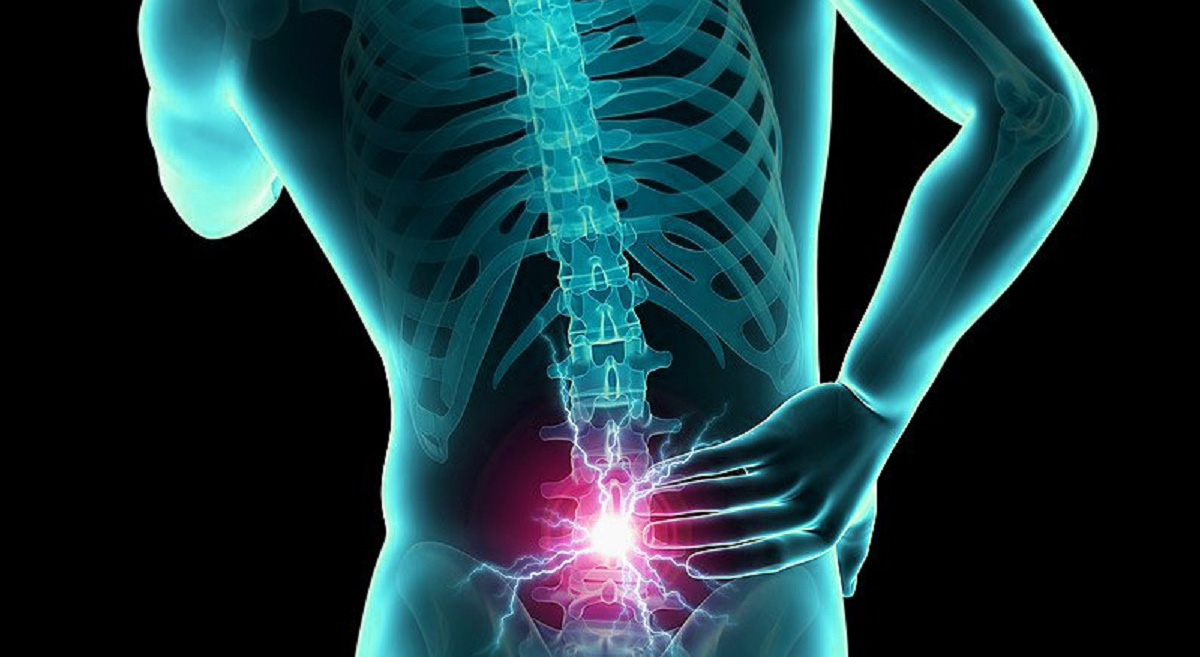Osteoporosis means, porous bone. It is a very common disease that affects the bone, and is characterized by a decrease in bone mass and an alteration of the architecture of the bones. This translates into greater fragility and thinning of the same known as osteopenia, and an increased risk of fractures.
Approximately 55% of people over 50 are at high risk of osteoporosis.
It usually does not present symptoms, and is almost always discovered when a fracture occurs.
The main osteoporotic fractures affect mainly the vertebrae, wrists and neck of the femur or hip.
The vertebral fracture is the most common in these patients, and its effects are severe and lasting, affecting the independence and quality of life of the sufferer. They occur when one of the vertebrae (the bones of the spine) is crushed, or fractured, as a result of a fall, but can also occur after a sudden movement, sneezing or coughing, or simply after bending over to tie the laces.
The risk of fractures increases exponentially with age, which is a major health problem in the elderly. Therefore, fractures and age are its main risk factors. Caring for our bones throughout life is vital to prevent this pathology. Symptoms usually present with acute pain (sudden and severe in the low or middle part of the spine) or chronic (lasting more than six months), curvature or deformities in the spine (progressive kyphosis or, as it is popularly known, hump or hump) and decrease in size (more than 3 centimeters). They are located mainly in the lower half of the dorsal column and in the upper half of the lumbar spine.
There are several causes of osteoporosis:
- Aging: advanced age, by itself, produces a decrease in the amount of bone, so that anyone can suffer it. The risk is higher after 50 years.
- Genetic factors: there are genes related to the development of bone mass, so the incidence of the disease is higher in those whose direct relatives have a previous history of fractures (parents or grandparents).
- Diet low in calcium: calcium is a fundamental food in bone formation. It is found mostly in milk and dairy products such as cheeses, yoghurts, etc., and also in other foods such as blue fish and nuts.
- Female sex: women are four times more likely than men to develop osteoporosis, especially after menopause. This is due to the reduction in the number of estrogens (female hormones involved in the formation of bone mass) in this stage, which favors a decrease in bone remodeling. It is more likely to suffer osteoporosis if the menopause occurs before 40 years (early menopause), due for example to the surgical removal of both ovaries, or when menstruation is absent (called amenorrhea) in athletes, or in cases of anorexia nervosa for significant weight loss. In addition, women have a longer life expectancy than men and, in general, their amount of bone mass is lower (especially in excessively thin women).
- Race: more frequent in Caucasians and Asians.
- Some pathologies: there are diseases that can trigger osteoporosis, such as hyperthyroidism or Cushing’s syndrome.
- Prolonged immobilization: either due to illness or a sedentary lifestyle. Exercise is one of the stimuli for bone formation.
- Some medications: for example, prolonged use of steroids, corticosteroids, antiepileptic drugs or thyroid drugs.
- Excess tobacco, alcohol or coffee.
 Symptoms that may indicate the presence of osteoporosis:
Symptoms that may indicate the presence of osteoporosis:
- Detection in asymptomatic people with no history of previous fractures that present multiple risk factors (loss of menstruation before age 40, or after ovarian excision surgery, family history of osteoporosis or fractures, inadequate diet low in calcium, sedentary lifestyle, alcohol or tobacco abuse, or prolonged treatment with certain drugs).
- Presenting repeated fractures of long bones (humerus, femur or radius at wrist level) spontaneously, or in the event of minor knocks or falls.
- Having vertebral fractures due to a small movement (coughing, sneezing or bending over), or even not related to any trigger.
- As a consequence of repeated vertebral fractures, a decrease in size or the appearance of a hump (due to a decrease in the height of the bodies of the vertebrae) can occur, especially at older ages.
There are a series of recommendations that can prevent or delay the onset of osteoporosis and reduce the risk of fractures:
Adequate nutrition, physical exercise, prevent falls, perform a densitometry periodically, there are hip protectors, reinforced nylon, shaped like a shell.
Always take care of your health with a unique and efficient service. Visit Pharmamedic.





